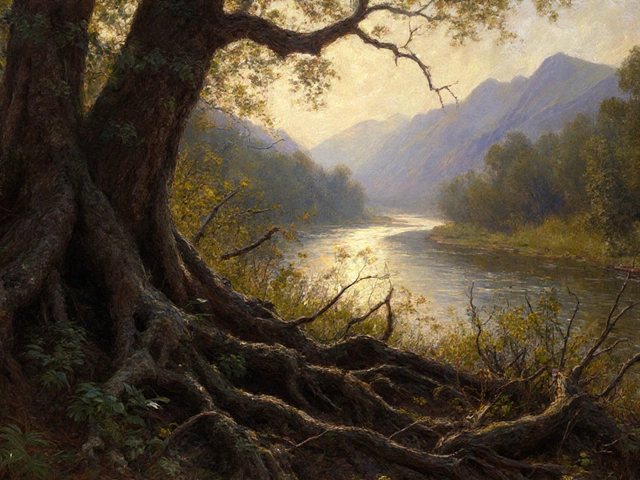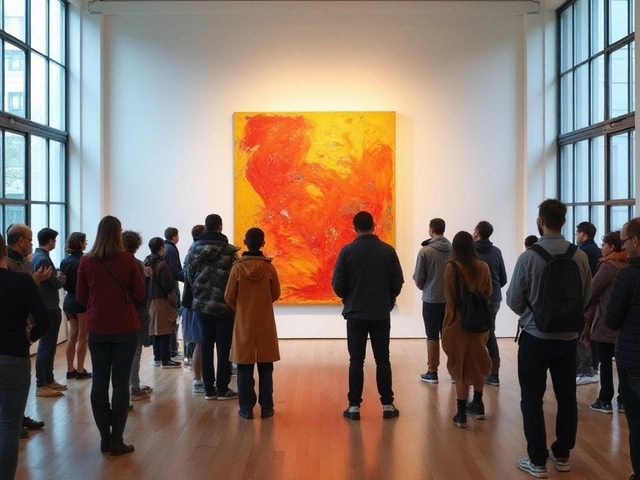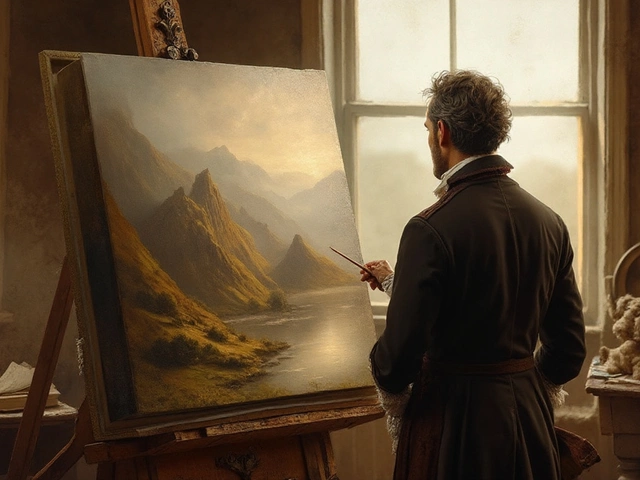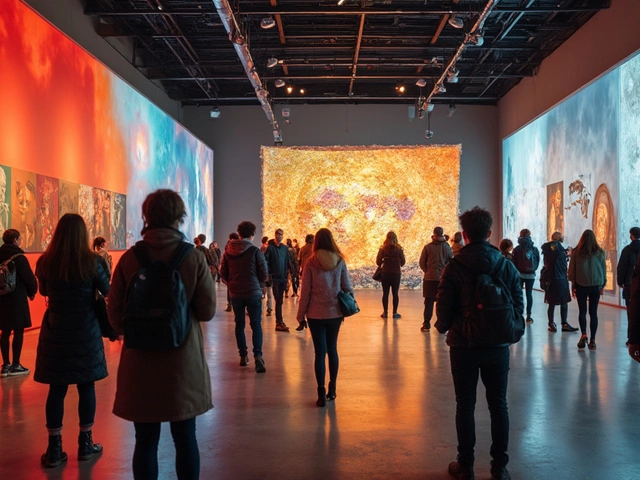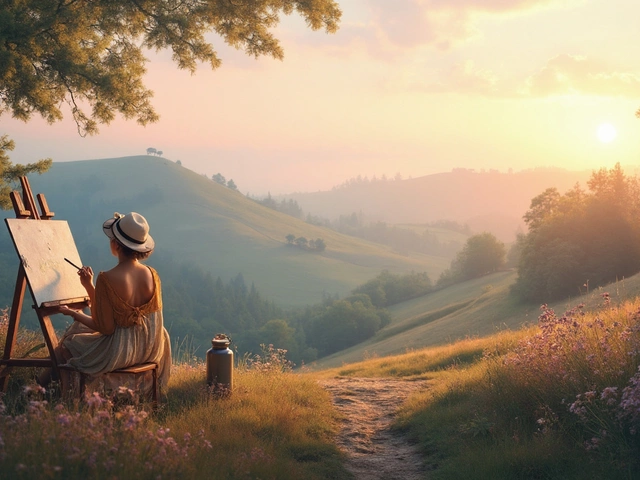Art Basics: Building Your Creative Foundation
When talking about art basics, the fundamental skills and concepts that form the backbone of every artistic practice. Also known as foundational art skills, art basics help you move from random doodles to purposeful pieces. Understanding these core ideas encompasses everything from line work to color theory, which means you’ll feel more confident whether you pick up a brush, a stylus, or a camera.
Why mastering art basics matters for every medium
One of the most useful related concepts is digital art, the creation of visual works using software and electronic tools. Digital art requires a solid grasp of composition, lighting, and brush dynamics—skills you first learn in art basics. Another key area is landscape painting, the practice of depicting natural scenery on canvas or paper. Landscape painting relies on perspective, atmospheric color, and the ability to balance foreground and background, all of which are taught in the basics stage. abstract art, a style that emphasizes shapes, colors, and textures over realistic representation shows how art basics can be stretched—learning how to control form and color lets you break the rules intentionally. Finally, modern art principles, the theories and movements that shaped 20th‑century visual culture give you a framework for analyzing and creating works that speak to today’s audience. Together, these four entities create a web of knowledge: art basics encompasses digital art, landscape painting, abstract art, and modern art principles, while each of those fields influences how you apply basic techniques in practice.
What does this mean for you right now? Whether you’re a complete beginner, a hobbyist looking to improve, or a seasoned creator wanting to refresh your toolbox, the posts below cover the whole spectrum. You’ll find step‑by‑step guides on starting oil painting, ways to turn sketches into polished digital pieces, tips for adding people into landscape scenes, and even deep dives into why abstract art feels chaotic yet follows hidden rules. The collection also touches on current trends—like how AI is reshaping digital art and why contemporary movements matter in 2025—so you can see how timeless fundamentals intersect with modern opportunities. By the end of this roundup, you should have a clearer roadmap: start with the core skills, experiment across mediums, and then layer in the theory that drives today’s art world. Ready to explore the full list of resources? Let’s jump in and see what each article offers.
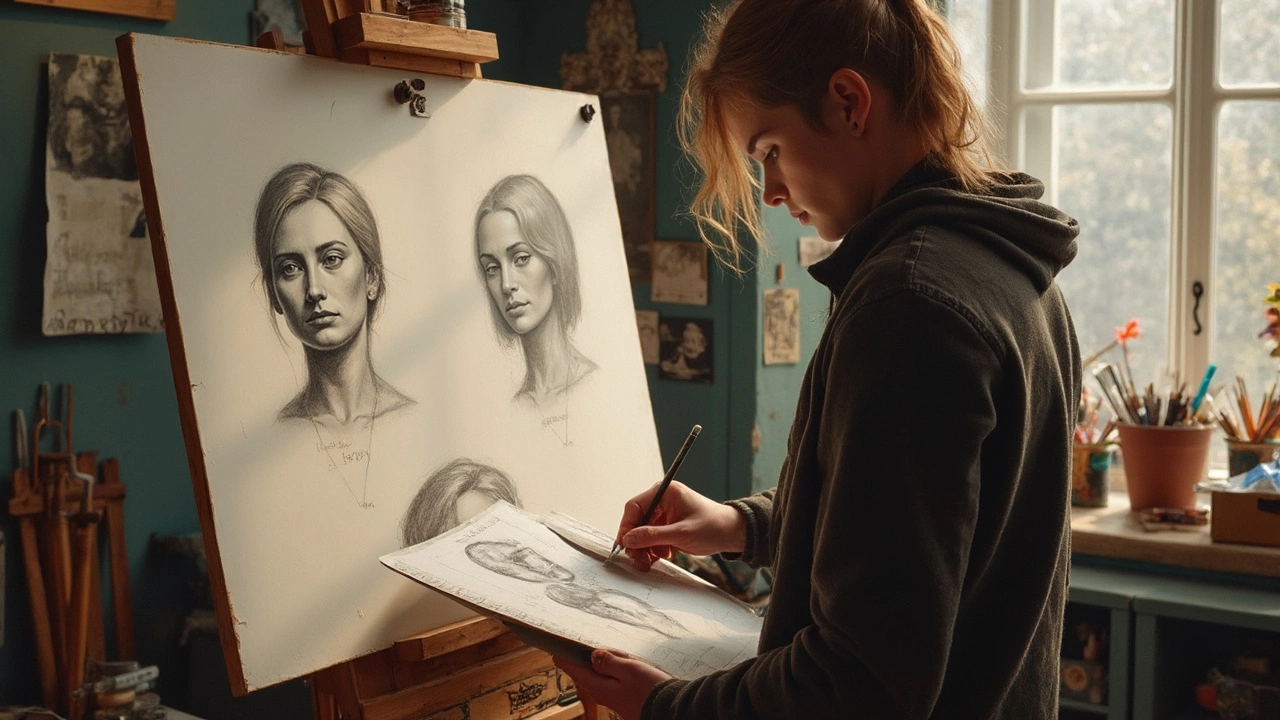
Figuring out the right size for the head in a portrait can trip up even experienced painters. This article breaks down standard proportions, real-world adjustments, and common beginner mistakes. You'll get practical tips, some surprising artist secrets, and easy tools to measure and tweak your portraits. By the end, you’ll know exactly how to judge and fix head size for any face you want to paint.
